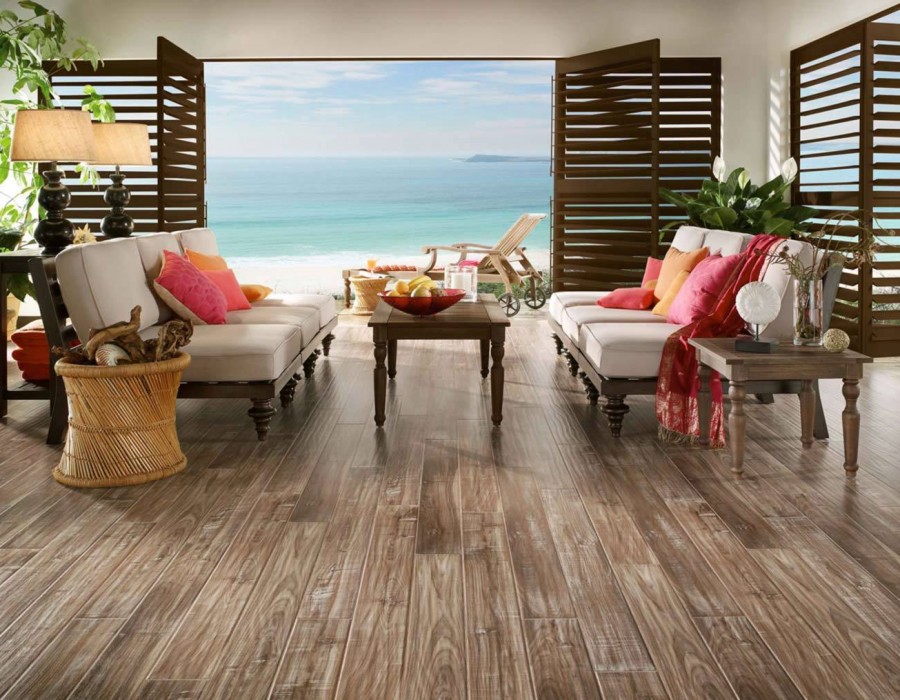Customer preferences change rapidly. Apart from food and service quality, the brand has become a powerful influence on customer preferences. Expectations evolve and it creates a challenge for an F&B establishment to keep the interest level high and attract customers amidst the crowded retail developments.
As mentioned above, the brand is a powerful tool to fuel growth. It would be great to use branding to entice customers. Today customers evaluate an establishment based on the overall experience. It can come from brand loyalty, design principle or food quality. To remain competitive food is constant, however, you can’t ignore the importance of F & B interior design to keep up with the pace. To change customers’ outlook towards an establishment, focusing on a successful design idea is the best choice. Here in this post, we will discuss the key design ideas that transform the look of a food and beverage establishment.
![]()
What makes an F&B Design Successful?
Before we discuss what takes to succeed, let’s find out what exactly means success in the F&B sector. The elements that can be translated into success are full occupancy, customer loyalty and maximum ROI. To attain this objective, the clients can give a brief to the F&B venues designer. Based on the end goal, the design principles can be selected.
The key components that one can consider to attain the above mentioned goals are a memorable experience, convenience, flexibility.
- Through a striking design, a memorable encounter can be created. When these design aspects get stuck in the mind of the customers, they are likely to visit again and hence loyalty can be attained.
- Secondly, convenience adds a lot to the factor that an establishment makes the most out of the investment and reaches the objectives of sales and profitability. To grow in this competitive marketplace, the F&B consultants cleverly design a convenient layout when placing the orders and spending becomes most convenient.
- Finally, the design aspect for flexibility is important to make the most out of the space when needed. For instance, if it’s a holiday, weekend or a special event when higher occupancy rates are expected. The design factor can be considered flexible enough to accommodate the needs of the guests. For instance, a restaurant and bar interior designer knows the secret very well on how to transform an otherwise standard premise into a specialty bar or elegant nightclub where elite clients or large groups can host special events.
Experience driven design helps F&B establishments to differentiate from others. Every inch of the floor space should be designed carefully. It even includes color, décor scheme, lighting and thematic ambience. Some establishments follow a luxurious interior concept, others are more into a lively design principle that celebrates cheerful events. Where there are some standalone units that speak individuality, and some hotel owned bars and restaurants have to maintain the brand persona with help of a design scheme. Whatever is the target, operational efficiency and experiential design are the key factors contributing to the success of an F&B.
If you are planning to deliver a new experience to your customers, consider talking to the experts of bar, restaurant and food court interior design in Thailand. More information can be found on the link given below.





Comments